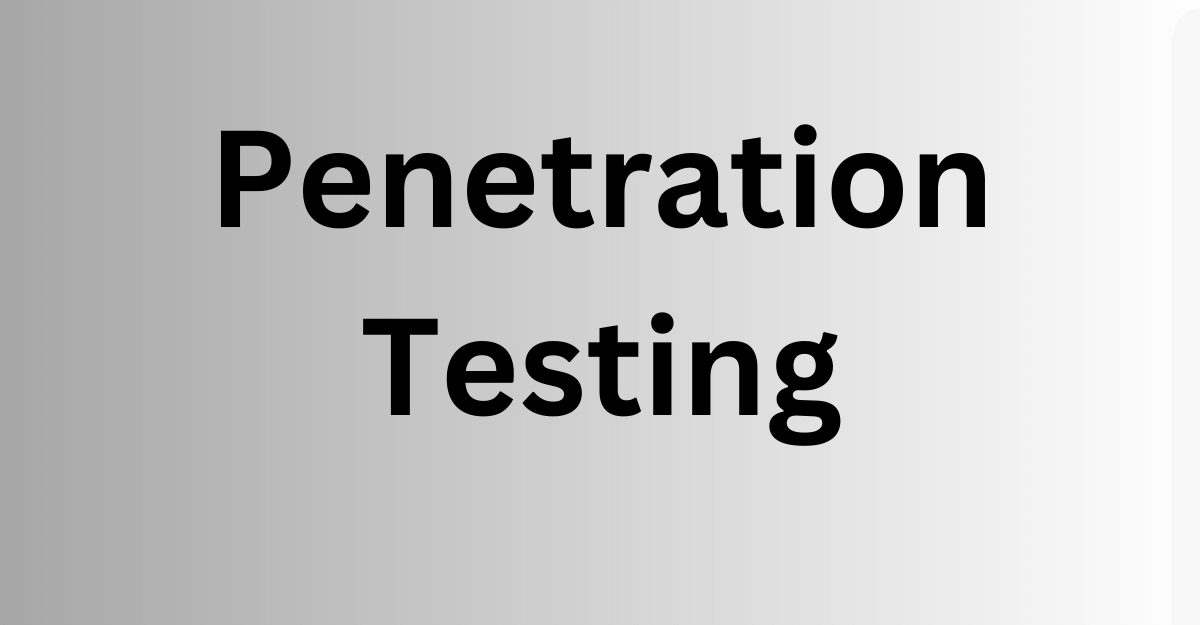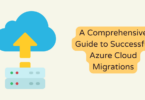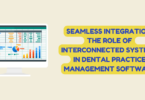
Penetration Testing
In today’s ever-evolving digital landscape, where security breaches and cyber threats have become commonplace, organizations must extensively safeguard their sensitive information and systems from malicious attacks. Among the various strategies employed, penetration testing is crucial to any robust cybersecurity framework. It involves authorized simulated attacks on an organization’s network, applications, or infrastructure to identify vulnerabilities and assess the resilience of existing security measures. Penetration testing also requires Extended Detection & Response plan.
However, despite its importance, penetration testing is not without its challenges. The effectiveness of this essential security practice can be compromised by a myriad of factors that require careful consideration. This article will explore some of the significant challenges faced during penetration testing.
7 Major Challenges of Penetration Testing
Time and Resource Constraints
Penetration testing is essential to cybersecurity, allowing organizations to identify and address vulnerabilities before malicious actors can exploit them. However, conducting penetration testing can be time-consuming and requires significant resources. One of the major challenges of penetration testing is managing these time and resource constraints effectively. Testing must be thorough enough to identify potential issues and efficient enough to avoid disrupting business operations or overwhelming IT teams.
Additionally, there may be limitations to the resources available for testing, such as access to specific hardware or software tools. Overcoming these challenges requires careful planning and coordination between all stakeholders involved in the testing process, including IT teams, security professionals, and management. By addressing these challenges head-on, organizations can ensure that their penetration testing efforts effectively identify and mitigate potential security risks.
Lack of a Test Environment
Penetration testing is a crucial aspect of a comprehensive cybersecurity strategy. However, many organizations need help conducting effective testing due to the need for a proper testing environment. Simulating real-world cyber attacks and identifying vulnerabilities in a controlled setting becomes easier with a dedicated testing environment. Furthermore, using production systems for testing can lead to severe risks and jeopardize the security of an organization’s infrastructure and data.
Organizations should consider creating a separate test environment with identical configurations to their production systems to address this challenge. This will allow them to conduct thorough penetration testing without risking the security and stability of their operational plans. Additionally, by investing in specialized tools and technologies designed specifically for penetration testing, organizations can further improve the accuracy and effectiveness of their testing efforts.
Cybersecurity Skills Shortages
Security is crucial to any organization, but small internal security teams often need help keeping up with attackers’ latest techniques. As a result, their pentests may need to accurately reflect the organization’s overall security posture. This lack of expertise can also lead to mistrust when relying on a small subset of researchers.
In addition, working with limited knowledge bases and skill sets can leave organizations vulnerable to hidden risks and complex attacks. It’s essential to ensure that your security team has access to the latest resources and training to stay ahead of potential threats.
Limiting the Scope
Penetration testing can be valuable for identifying vulnerabilities in your organization’s systems and networks. However, several challenges can arise during this process. One major challenge is limiting the scope of the testing. It can be tempting to try to test every aspect of your organization’s infrastructure, but this can be impractical and time-consuming. Instead, focusing on the most critical assets and areas of your network that attackers will most likely target is essential.
Another challenge is ensuring that the testing does not cause disruption or damage to your systems. Penetration testing involves simulating attacks on your network, which can potentially cause downtime or data loss if not done carefully. Working with experienced testers who understand how to conduct tests safely and minimize any potential negative impact on your systems is essential.
Compliance and Regulatory Requirements
One of the significant challenges of penetration testing is ensuring compliance with regulatory requirements. Many industries, such as finance and healthcare, have strict regulations governing the security of their systems and data. Penetration testing must be conducted by these regulations, which can be complex and time-consuming to navigate.
Additionally, organizations may operate in multiple jurisdictions, each with regulations that must be followed. To overcome this challenge, it is essential to work closely with legal and compliance teams to fully understand the requirements and ensure that the penetration testing is conducted in a compliant manner.
Dealing With APTs
Advanced Persistent Threats (APTs) are one of the biggest challenges pen-testing teams face. It’s a fact that many automated security testing tools fail to address APTs effectively because they cannot model all the attack vectors that are currently relevant. This can lead to your organization adopting a static security model, despite automating threat modeling, which exposes you to unnecessary risks. However, with the right tool mapped to a framework tied to security best practices, you can rest assured that the attack vectors you’re simulating are up-to-date and that you’re testing the full attack kill chain.
With a robust solution, you’ll be free to design your own APT using a set of standard templates that are expertly mapped to the latest APT kill chains. This allows you to create worst-case scenarios and test the limits of your network’s security in a controlled environment. Furthermore, selecting an automated solution that updates its library daily with the latest threats you face and the most recent recommendations from a proven framework is crucial for staying ahead of the curve.
Evolving Threat Landscape
Penetration testing is a critical step in securing an organization’s IT infrastructure. However, it has its challenges. One of the most significant challenges penetration testers face is the constantly-evolving threat landscape. As new vulnerabilities are discovered and technology advances, keeping up with the latest threats and attack methods can be time-consuming. Therefore, penetration testers must stay informed about current cybercrime trends and continuously update their knowledge and skills.
Additionally, collaboration with other security professionals and sharing information about new threats can help to mitigate this challenge. By remaining vigilant and proactive, penetration testers can continue to protect organizations from cyber-attacks effectively.
Conclusion
Penetration testing is essential for organizations to protect their digital assets from cyber threats. However, it has its challenges. From identifying vulnerabilities to managing false positives and negatives, security professionals face various obstacles in their quest to safeguard critical information. Despite these challenges, organizations must remain vigilant and proactive in their approach to penetration testing and invest in the necessary resources and expertise to ensure successful outcomes. By doing so, they can stay one step ahead of cybercriminals and maintain the security of their valuable data. Mitigate the challenges of penetration testing by partnering with a top managed service provider in Hollywood, ensuring your systems are robust and secure.






